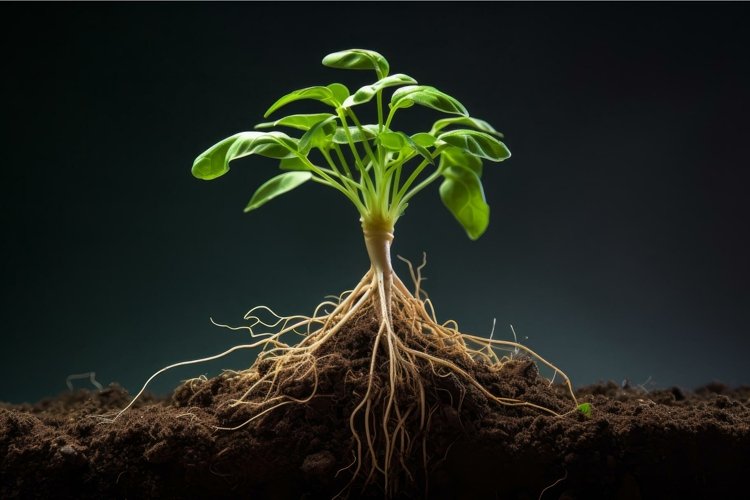welcom to
wonderful addition to any living space! boosting mood, and adding a sense of calm and serenity.
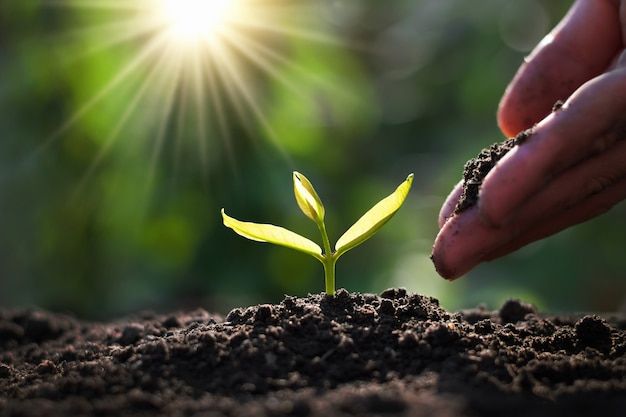
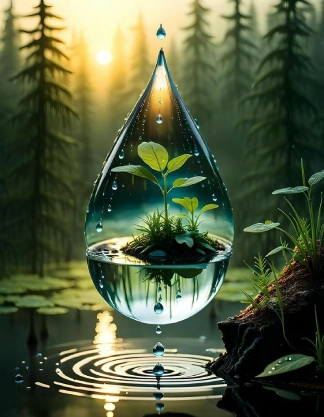
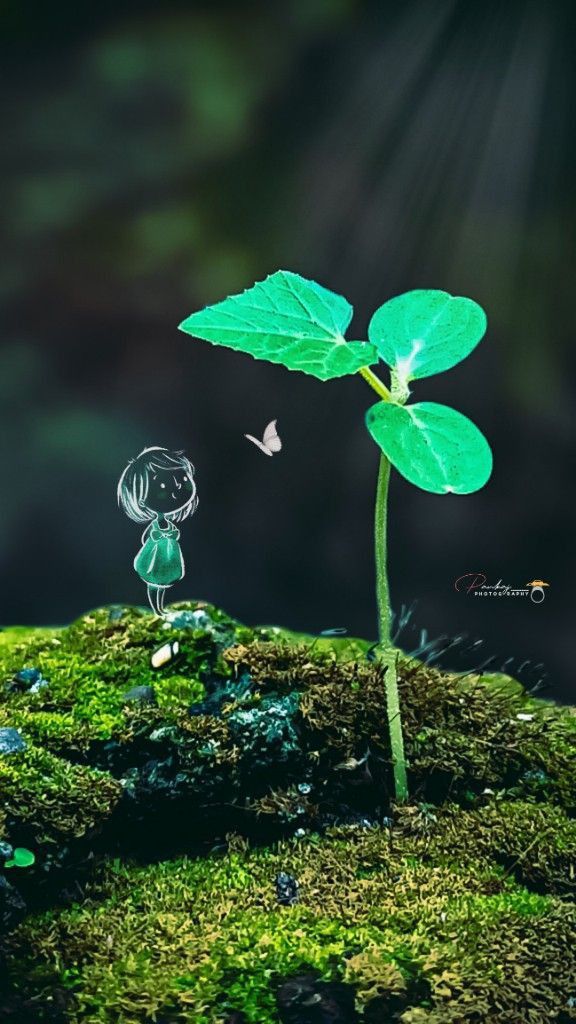
About
plants info
Could you clarify what you mean by If you meant as an acronym or specific term, it might refer to different things based on context. Are you referring to a particular type of plant, a scientific concept, or something else related to plants?
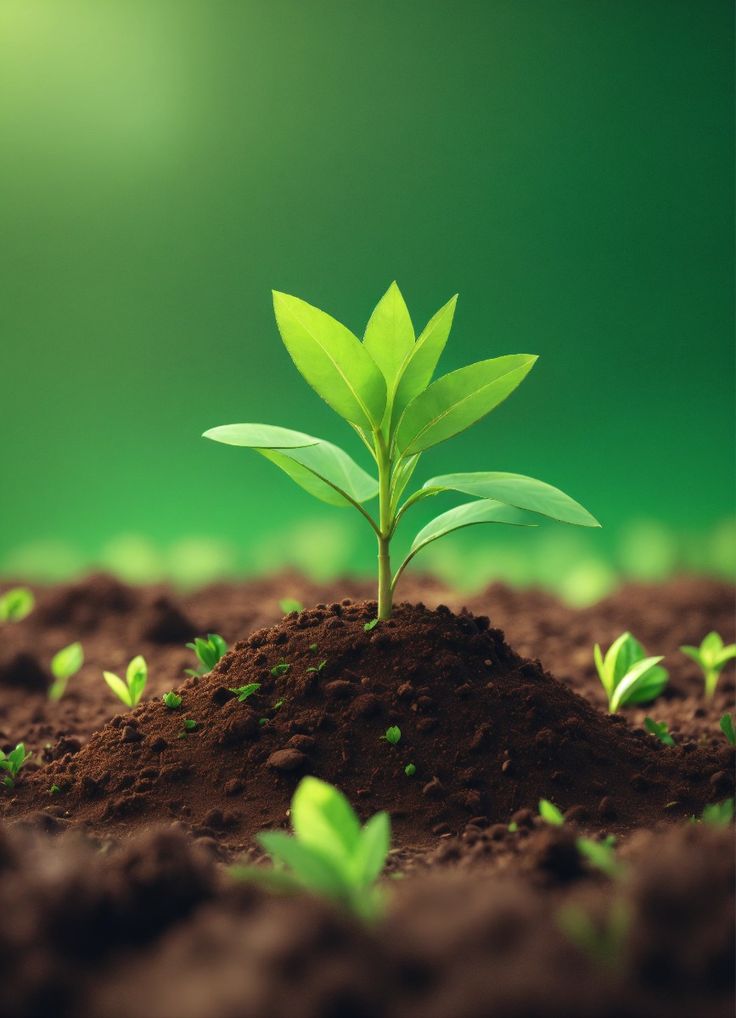
Germination & Seedling Stage
This is the initial phase when a seed begins to sprout. The seed absorbs water, swells, and eventually breaks open. The first root (radicle) emerges, followed by the shoot, which will develop into the stem and leaves.
After germination, the plant enters the seedling stage where it starts to develop its first leaves (cotyledons) and a stronger root system. It requires a lot of care to ensure it gets sufficient water, light, and nutrients during this early phase.
Vegetative Growth & Reproductive Growth
During this phase, the plant focuses on growing leaves, stems, and roots. It requires adequate sunlight, water, and nutrients to increase in size. This phase is crucial for photosynthesis—the process by which plants produce their food using sunlight, water, and carbon dioxide.
After reaching a certain size, plants begin the reproductive phase, where they start producing flowers or cones. Flowers are key to the reproduction process, attracting pollinators such as bees or wind to transfer pollen. This phase may lead to the formation of fruits and seeds, completing the life cycle.
Our plants
When you refer to “our plants,” I’m assuming you might be asking about the plants we commonly interact with, use, or cultivate in our daily lives. Here’s a breakdown of plants that humans commonly use, whether for food, decoration, or other purposes, as well as an overview of plants grown by humans:
services
Contect us
Phone numbar
1234567890
plants.g@gmail.com
Address
DPS Marg Near NASC Complex, Opp- Todapur Village, New Delhi-110 012
